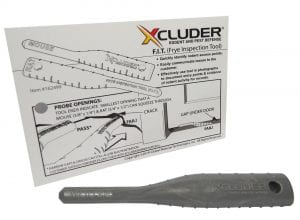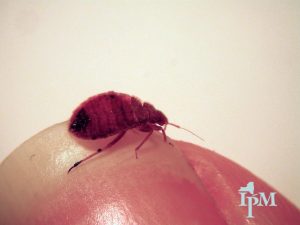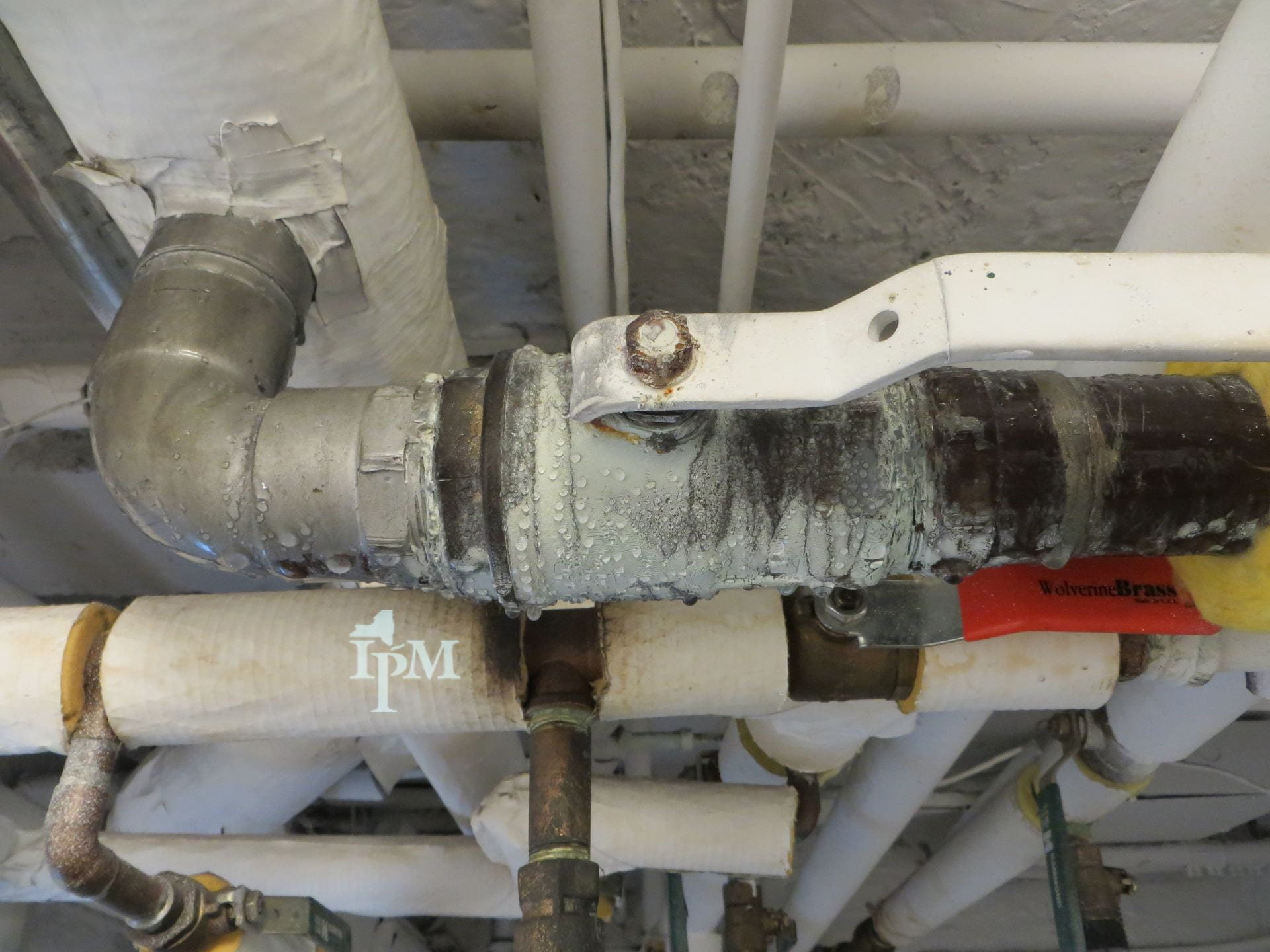“We should have little trouble with vermin if builders would hear and understand the ‘language’ of vermin and do a better job in eliminating their entrances and hiding place.” – Hugo Hartnak, 1939

For Bobby Corrigan, pest management is a passion. Called upon for his expertise across the country, we are honored to include him in our conference.
Pests enter school buildings in one of two ways: they are transported in by students, staff, or delivery truck or they make their way in from the outside. The School IPM 2020: Where We’ve Been and What’s Next virtual conference will focus on the first mode, but we will also include information on the second with tips, and a tool, to help with exclusion – or keeping pests out of buildings. Dr. Bobby Corrigan, co-founder of the first Scientific Coalition on Pest Exclusion, will join us to discuss rodent vulnerable areas.
All conference participants that complete the pre- and post-tests and evaluation will be mailed a Frye Inspection Tool (FIT tool). This simple probe can be used to demonstrate if a rodent can squeeze under a gap or through a round opening. By design, if the probe ‘FITs,’ so too can the specified rodent. This tool can be used to educate decision makers about rodent entry points and help justify pest exclusion.

A F.I.T. tool allows you to assess potential rodent entryways and identify whether gnaw marks and droppings were caused by rats or mice.
The measurement specs for the FIT are based on the size of adult rodent skulls. If a rodent can fit its head under a gap or through an opening, they are able to wiggle their body through (watch video Mouse Entry Points to see a mouse in action). The FIT can also be used to help differentiate rodent evidence (both gnaw marks and droppings) between rats and mice.
Signing up as a school district? We will mail enough FIT tools to cover all the participants from your district, so be sure to provide information for them all.
For the full agenda, registration, and pesticide recertification credit information, please visit https://nysipm.cornell.edu/resources/nys-ipm-conferences/school-ipm-2020-where-weve-been-and-whats-next/.







